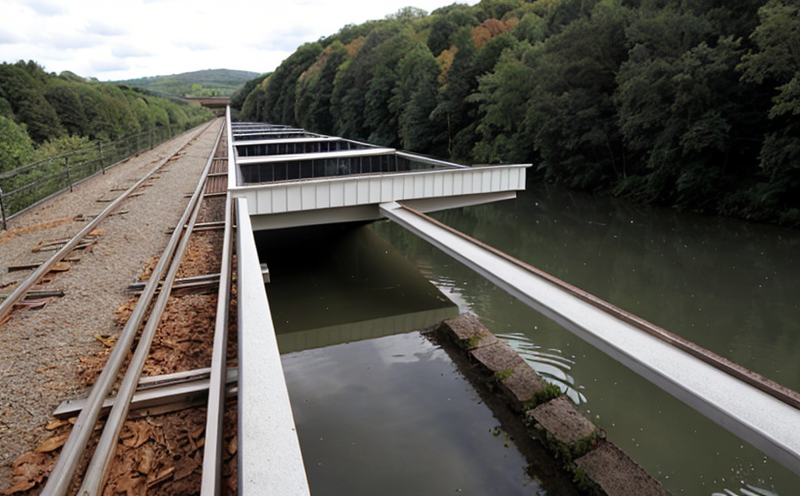Thermal bridge inspection
The concept of thermal bridges is crucial in construction and building design, especially when it comes to ensuring energy efficiency and reducing heat loss or gain. A thermal bridge occurs where there are significant differences in thermal conductivity between materials that transfer heat more readily than the surrounding areas, leading to increased heating costs during winter and cooling costs during summer.
In buildings, these bridges can occur at points such as window frames, door jambs, balconies, and structural members. Insulating these areas properly is essential because they disrupt the building envelope's continuous insulation layer, thereby increasing heat transfer. To ensure compliance with modern building codes and energy standards, thorough inspections of thermal bridges are necessary.
Thermal bridge inspection methods vary depending on the specific location and type of construction material involved. Common approaches include visual inspections combined with detailed drawings or computer-aided design (CAD) models to identify potential weak points in insulation. Advanced techniques like infrared thermography can also be employed to detect temperature differences indicative of heat loss.
Compliance with relevant standards such as ISO 13786 and EN 12950 is critical for accurate assessment. These norms provide guidelines on how to measure thermal performance effectively, ensuring consistent results across different projects.
The importance of reliable data cannot be overstated when it comes to making informed decisions about energy efficiency improvements in buildings. By identifying and addressing thermal bridges early in the construction process, significant savings can be achieved over time through reduced heating and cooling requirements.
Why Choose This Test
- Identifies critical areas where heat loss or gain occurs due to poor insulation.
- Promotes adherence to international standards like ISO 13786 and EN 12950, ensuring consistent results across projects.
- Aids in achieving compliance with local building codes regarding energy efficiency.
- Allows for proactive identification of potential issues before they become costly problems during later stages of construction or occupancy.
Thermal bridge inspections are essential tools for quality assurance teams responsible for maintaining high standards within the industry. They provide valuable insights into areas that need improvement, helping organizations make data-driven decisions based on real-world performance metrics rather than assumptions alone.
Quality and Reliability Assurance
Ensuring quality and reliability in thermal bridge inspections is paramount for maintaining trustworthiness among clients and stakeholders. Here are some key practices that laboratories follow to guarantee accuracy:
- Accreditation: Our laboratory holds accreditation from reputable bodies such as ISO/IEC 17025, which ensures our testing methods meet international standards.
- Calibration: All equipment used in thermal bridge inspections is regularly calibrated to ensure precise measurements.
- Training: Personnel involved in conducting these tests undergo extensive training to stay updated with the latest techniques and technologies.
By adhering strictly to these protocols, our laboratory maintains a high level of integrity and credibility within the industry. This commitment to excellence translates into more accurate assessments and better-informed decision-making processes for clients.
Competitive Advantage and Market Impact
- Pioneers in providing comprehensive thermal bridge inspection services tailored specifically towards meeting market demands.
- Offers cutting-edge technology supported by experienced professionals, giving a competitive edge over competitors who rely on older methods or less accurate techniques.
- Aids builders in staying ahead of regulatory changes and trends by offering proactive solutions that help maintain compliance while enhancing performance.
The ability to offer these specialized services sets our laboratory apart from others in the market. By investing in continuous improvement and innovation, we ensure that our clients receive the best possible service, contributing positively to their competitive position within the industry.





